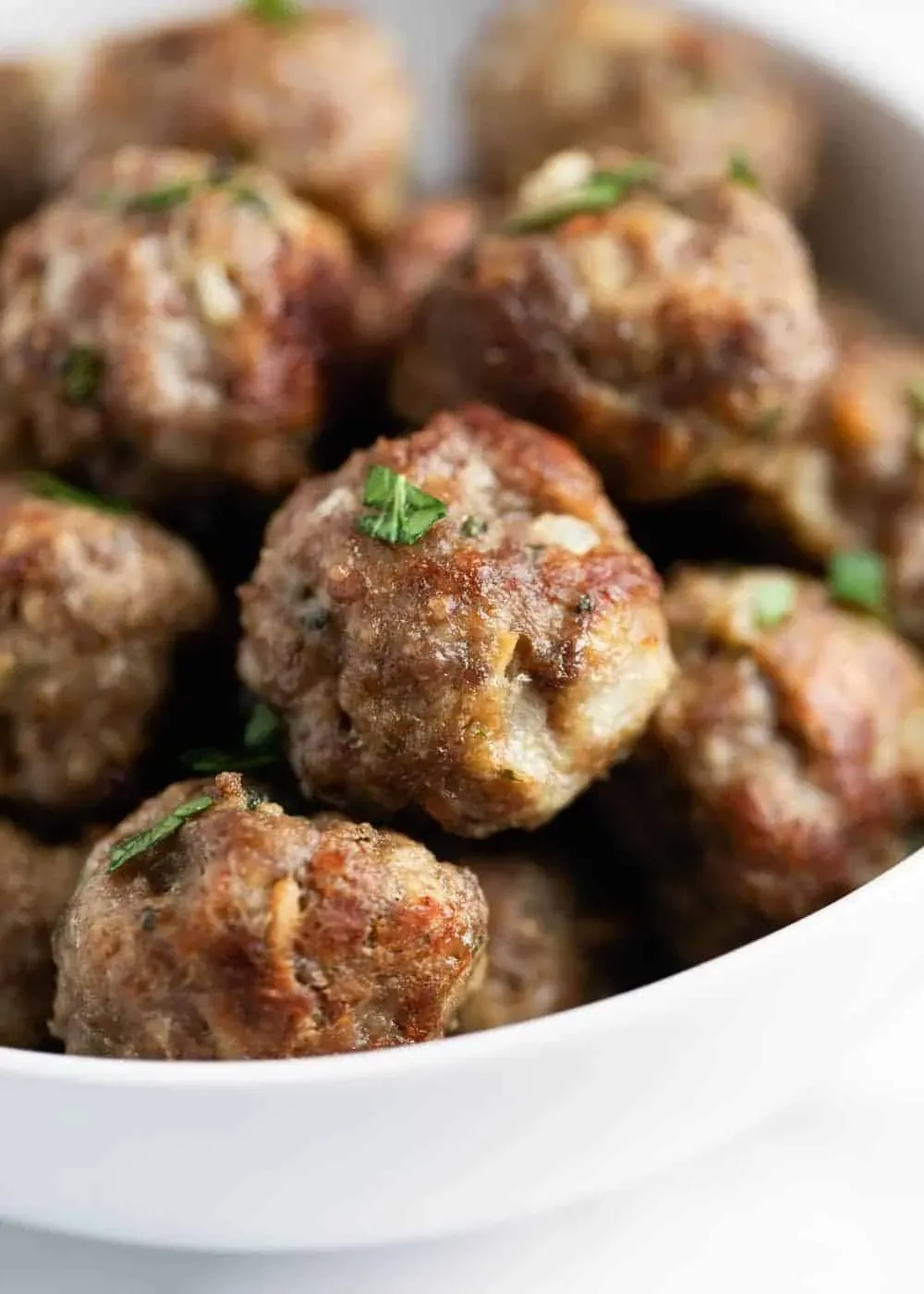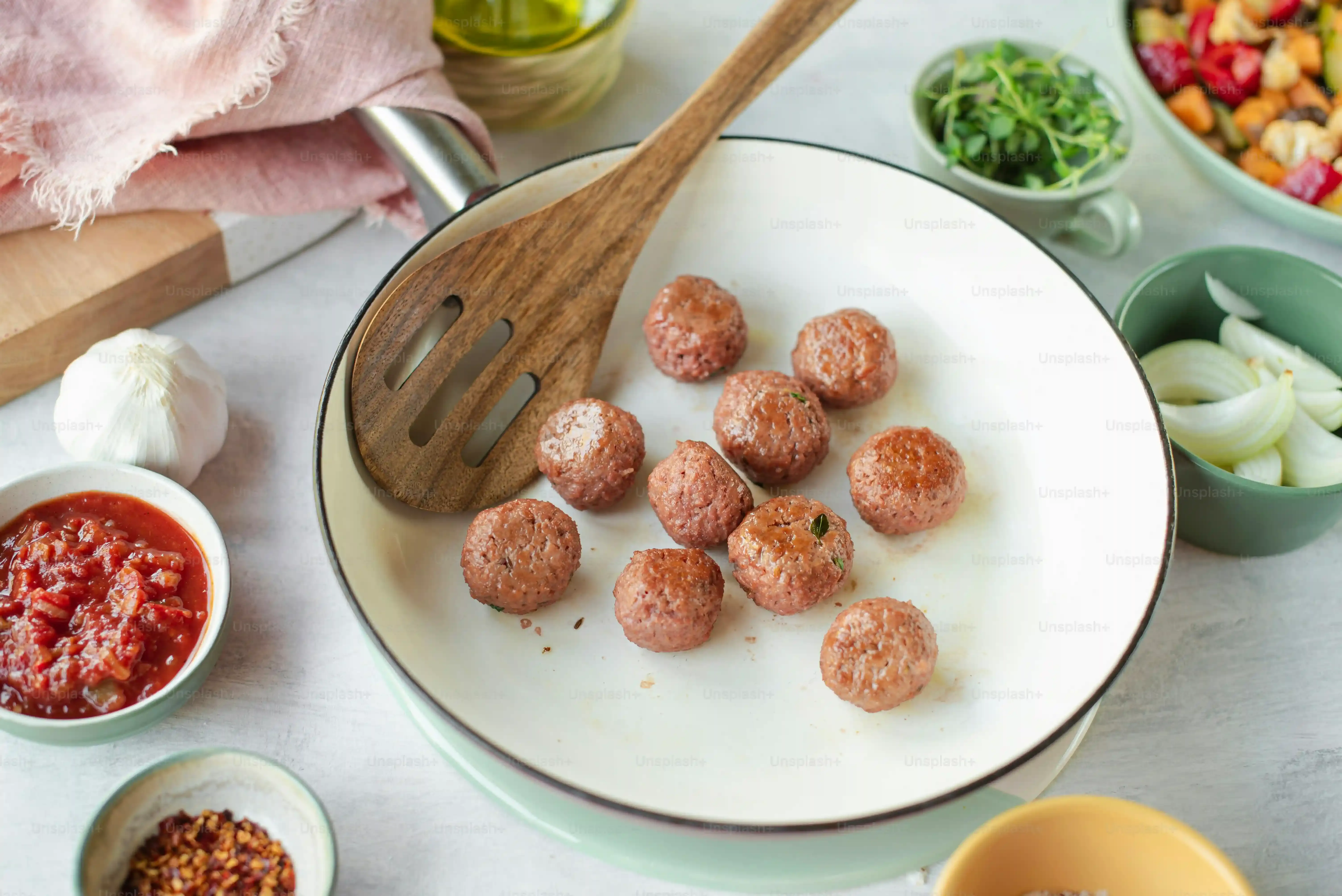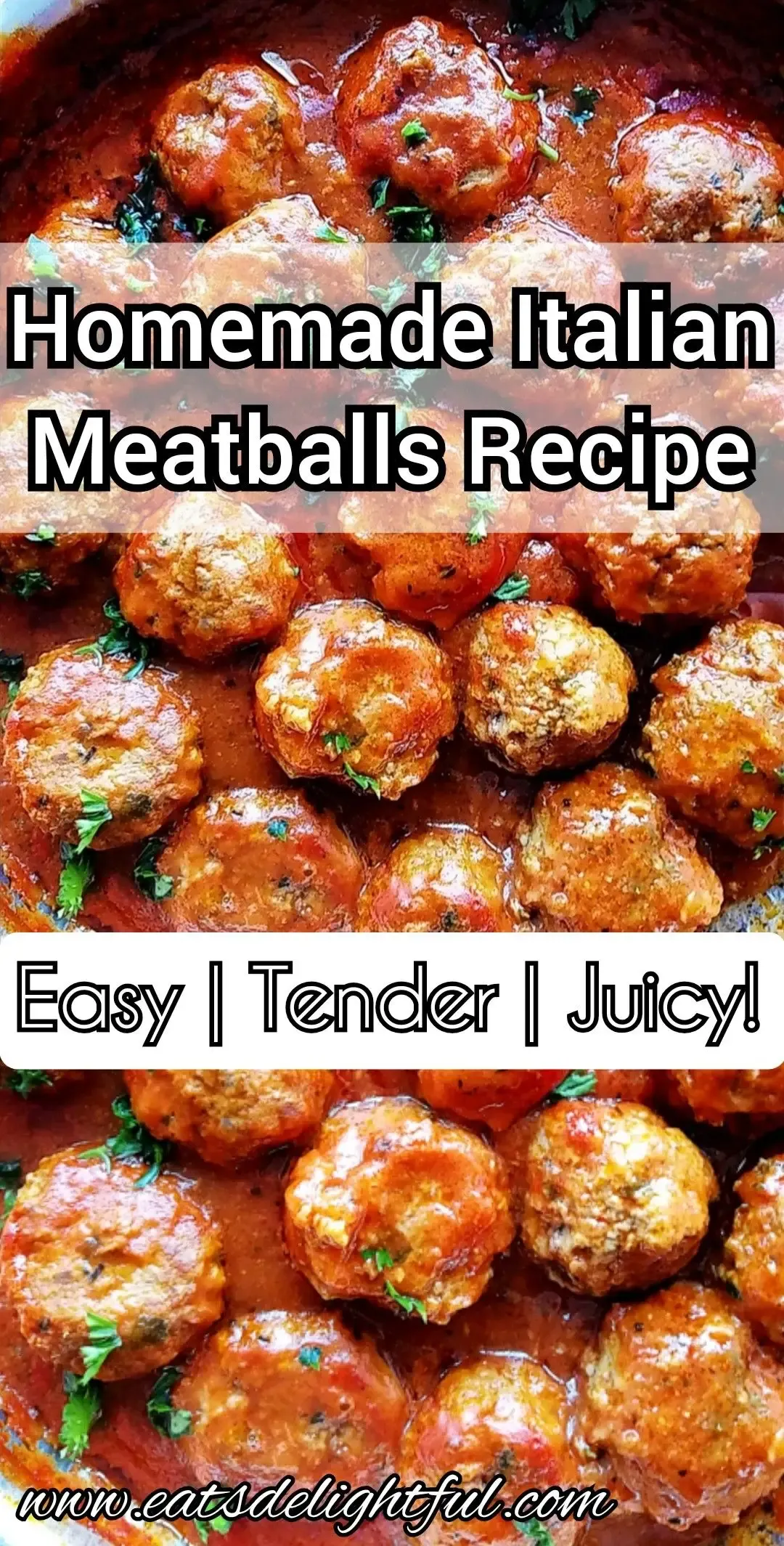Table of Contents
Let's be honest, everyone has a meatball memory. Maybe they were your grandma's, maybe they were from that little corner joint. But often, making them at home ends up with something resembling dry golf balls more than tender goodness. You've tried recipes, sure, but finding a truly reliable, go-to basic recipe italian meatballs can feel like chasing a unicorn.
The Secret to Tender, Juicy Basic Recipe Italian Meatballs

The Secret to Tender, Juicy Basic Recipe Italian Meatballs
Alright, let's cut to the chase. You want meatballs that melt in your mouth, not ones you could bounce off the floor. The real secret to a great basic recipe italian meatballs comes down to a few non-negotiable points, often overlooked in rushed online guides. First, the meat blend matters immensely. Trying to make tender meatballs with just lean ground beef is like trying to knit a sweater with spaghetti – it's going to be tough and dry. A mix, typically beef and pork, provides the necessary fat for moisture and flavor as it cooks.
Gathering Your Ingredients for This Basic Recipe Italian Meatballs

Gathering Your Ingredients for This Basic Recipe Italian Meatballs
The Meat: It's Not Just Beef, Folks
ingredient number one for your basic recipe italian meatballs: the meat. As we touched on, lean ground beef is a one-way ticket to dry town. You want flavor and moisture, and that comes from fat. The classic Italian-American blend is usually a mix of beef and pork. Some folks even throw in a bit of veal, which is fine, but not strictly necessary for a *basic* recipe. Aim for something with at least 15-20% fat. This fat renders down as the meatballs cook, keeping them juicy from the inside out. Think of it as built-in insurance against toughness.
The Binder: Your Tenderness Ticket
Next up, the binder. This is where many recipes go wrong, relying on dry breadcrumbs straight from the box. Big mistake. The secret weapon here is a "panade," which sounds fancy but is just stale or fresh bread soaked in milk or water. This creates a moist paste that helps bind the meat without making it dense. It also adds moisture directly into the mix, which is absolutely critical for those melt-in-your-mouth basic recipe italian meatballs. Squeeze out excess liquid, but don't wring it bone dry. It should still feel quite damp.
What kind of bread? Stale Italian bread or even plain white sandwich bread works great. Just avoid anything with seeds or strong flavors that will compete with the main event.
Binder Breakdown
- Stale or fresh bread (crusts removed)
- Milk or water (whole milk adds a little richness)
- Soak until soft
- Squeeze gently to remove excess liquid
Flavor Boosters: Cheese, Herbs, and Aromatics
Now for the fun part – flavor! A good basic recipe italian meatballs needs more than just meat. Grated hard cheese is a must. Parmigiano-Reggiano is the gold standard, but Pecorino Romano works too, just be mindful it's saltier. Fresh garlic, finely minced or grated, is non-negotiable. Don't use garlic powder unless you're trying to disappoint someone. Fresh parsley, chopped fine, adds brightness. Some people add a pinch of red pepper flakes for a little warmth, but that's optional for a *basic* recipe. Salt and pepper, of course, are essential. Don't be shy with the seasoning, but remember the cheese is salty, so taste a tiny test piece if you're unsure before committing the whole batch.
Mixing, Rolling, and Cooking Your Meatballs Right

Mixing, Rolling, and Cooking Your Meatballs Right
Alright, you've got your glorious pile of ingredients ready for your basic recipe italian meatballs. Now comes the hands-on part – mixing. This is crucial: don't overmix! You're not making bread dough. Gentle handling is key to tenderness. Use your hands, it's the best tool here. Combine the meat blend, the soaked bread mixture (panade), the cheese, garlic, herbs, salt, and pepper in a large bowl. Mix just until everything is *barely* combined. Overworking the meat develops gluten, leading to tough meatballs. Think of it like gently folding ingredients together, not kneading. Once mixed, it's time to roll. Grab a small amount, maybe a golf ball or slightly larger size, and gently roll it between your palms to form a sphere. Don't pack them too tightly. They don't need to be perfectly uniform, a little rustic is fine.
Storing and Reheating Your Basic Recipe Italian Meatballs

Storing and Reheating Your Basic Recipe Italian Meatballs
So, you've made a glorious batch of basic recipe italian meatballs. Maybe you didn't eat them all (unlikely, but possible), or maybe you made extra specifically for later. Smart move. Storing them properly means you get to enjoy that tender goodness another time without them turning into sad, rubbery little balls. If they're cooked, let them cool completely before packing them up. Stash them in an airtight container in the fridge for up to 3-4 days. For longer storage, the freezer is your friend. You can freeze them cooked, either on their own or simmering in sauce. Or, if you want to cook them fresh later, freeze the shaped, uncooked meatballs on a parchment-lined baking sheet until solid, then transfer them to a freezer bag. They'll keep for about 3 months.
Wrapping Up Your Basic Meatball Mastery
So there you have it. Making tender, flavorful basic recipe Italian meatballs isn't some ancient, guarded secret. It comes down to a few key choices – the right meat blend, that crucial panade, and not overworking the mix. Whether you simmer them slow or bake them hot, you've now got the tools to avoid those sad, dry little lumps. Go make a batch, toss them in some sauce, and see for yourself. It's simpler than you thought, and the results speak for themselves.